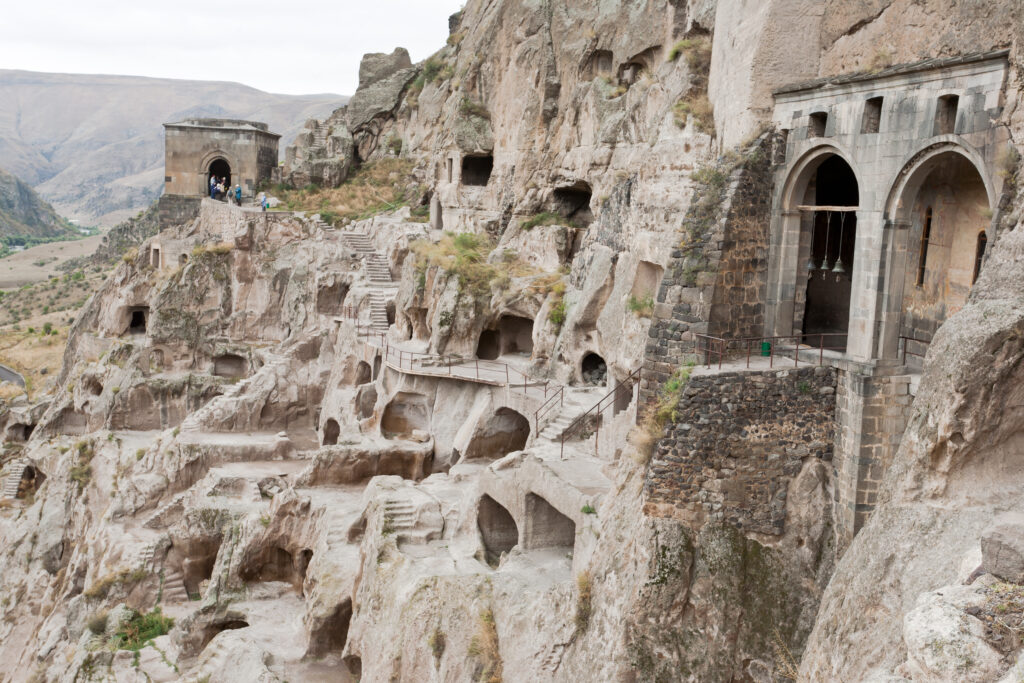Ancient history, volcanic plateaus and many dozen lakes in combination with abundance of historical landmarks and natural wonders create an unforgettable sight in the southernmost region of Georgia.
Samtskhe-Javakheti was part of Tao-Klarjeti, a cradle of medieval Georgian culture that extended well into what is now Turkey. Artifacts found during archeological diggings indicate that Samtskhe-Javakheti was settled during the Bronze Age.
Tao-Klarjeti fell under Ottoman rule from the 1550s to the 1870s, was briefly part of independent Georgia after the Russian Revolution, and was then divided between Turkey and Bolshevik Georgia in 1921.
Samtskhe-Javakheti is a mountainous region, bordered by the Arsiani Mountains to the west and the Persati Mountains to the north. To the south, it shares an international border with Turkey and Armenia.
The landscape is extremely varied from beautiful lakes and swift flowing rivers to the alpine forests and high mountain meadows around Borjomi and Bakuriani and the bare volcanic canyons of the Vardzia area.
The climate in this inland region is relatively cool and dry. Winters are cold with the average temperature in January ranging between 0°C and -7°C depending on altitude, while the average temperature in July varies between 16 °C and 20°C.
The biggest attractions in this striking region are the spectacular cave city of Vardzia and the beautiful Borjomi-Kharagauli National Park, which offers some of the best hiking, horse riding and snow shoeing in Georgia. But there is much, much more to see.
One particularly unique attraction is the Petrified Forest in Goderdzi Reserve. It dates back to the Tertiary Era when the surrounding landscape were covered with red-hot lava streams and volcanic ash. Visitors can walk amongst these ancient petrified tree branches and fossilized lumps of wooden logs.
The city of Akhaltsikhe, the capital of Samtskhe-Javakheti dates back to the 12th century B.C. Take some time to explore the rabati (old town), with its multicultural architecture. Stroll past rare examples of traditional Georgian houses, a synagogue, an Armenian church and a castle, which houses, among other things, a mosque and the ruins of an Islamic school. Don’t miss the historical ethnographic museum that has one of the most interesting museum collections in Georgia.
A visit to the impressive Atskuri and Tmogvi fortresses, the Chule St. George Monastery and Cathedral, and the pink-stoned Timotesubani, a medieval monastery complex, is well worthwhile for their beauty, sophisticated architecture and design and historical significance.
The Vardzia Cave complex is one of the most important and impressive historic monuments in Georgia. Carved from a cliff, the caves used to have as many as 13 stories connected by a complex system of tunnels. There were once over 3000 caves that could accommodate up to 50,000 people at a time incorporating living quarters, barns, wine storing cellars, stables, drugstores, and libraries.
